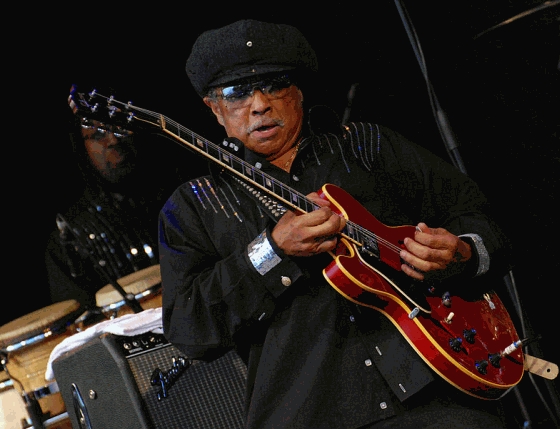|
Today in New Orleans History |
|
|
February 2


 EWF's Al McKay
is Born  

To receive an update for each day in New Orleans
history, join our facebook page
- Today in New Orleans History
Photograph by Jerry Bray of North Rocheblave Street from St. Bernard toward Havana before paving which was completed on February 2, 1960.
Fortier high school for boys opened as planned
on February 2, 1931 but McMain high for girls did not. As
Fortier welcomed as many as 1500 boys, McMain's first floor had yet to be completed. According
to official, difficulties were encountered in the foundation and excavation because "the
site was once a swamp". The builder expected to sink 45 foot pilings but instead was
forced to use 70 foot piles. To further the delay, many tree stumps had to be removed from
the boggy location. Girls who were scheduled to attend McMain (whose student boundaries
were South Carrollton, St. Charles Avenue, Howard Avenue, and Loyola University) enrolled instead at Sophie B. Wright.
The opening of McMain was rescheduled for the fall of 1931. Plaster-work for McMain was executed
by Sam C. Ball and Company, whose work could also be seen in five public markets and the old U.S.
Mint. In July, $13, 730.36 was approved for purchasing furniture and equipment. On
September 6, 1931 registration was open for McMain students but their school was still not ready.
Nicholas Bauer, Orleans Parish Superintendent of Education announced that it would open on September
31. But on September 12, officials announced that the school would not be opened until February of
1932. In January,, Fortier boys held their graduation exercises in McMain's auditorium but liens
against the McMain contractor threatened to delay the girls school's February opening. After legal
wrangling, McMain finally opened its doors to the public on Sunday, January 31, 1932 from 4 to
7 p.m. when a reception was hosted by the teachers. The 917 students' first
day was Monday, February 1, 1932 when the girls
gathered in the auditorium for speeches by local dignitaries followed by a flag raising ceremony
with music provided by the Warren Easton band.
|
|
|

To receive an update for each day in New Orleans history,
join our facebook page - Today in New
Orleans History.
Analytics |
 Guitarist, songwriter, producer, former member of Earth, Wind & Fire, and the recipient of five Grammy Awards, Al McKay
was born in New Orleans on February 2, 1948. He relocated to Southern California as a child to live
with an aunt after his mother became ill.
Guitarist, songwriter, producer, former member of Earth, Wind & Fire, and the recipient of five Grammy Awards, Al McKay
was born in New Orleans on February 2, 1948. He relocated to Southern California as a child to live
with an aunt after his mother became ill. 
